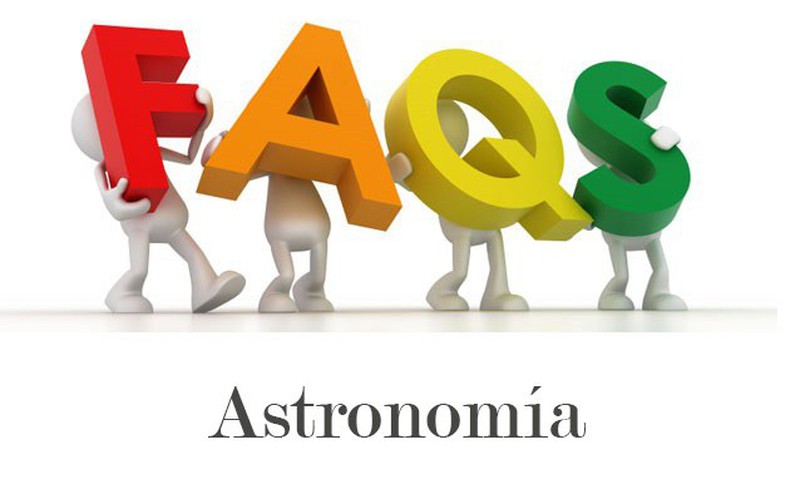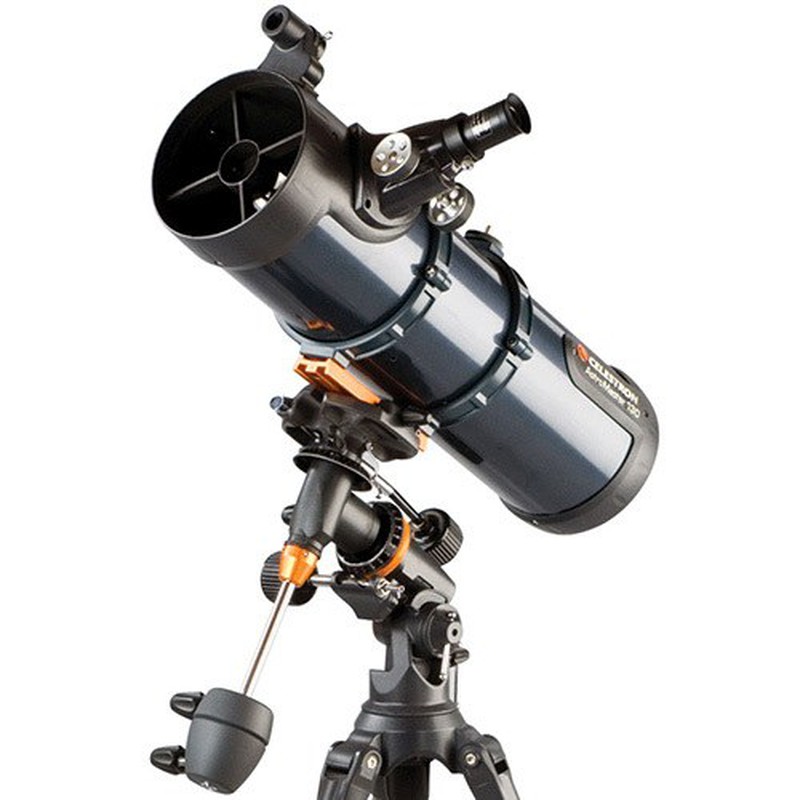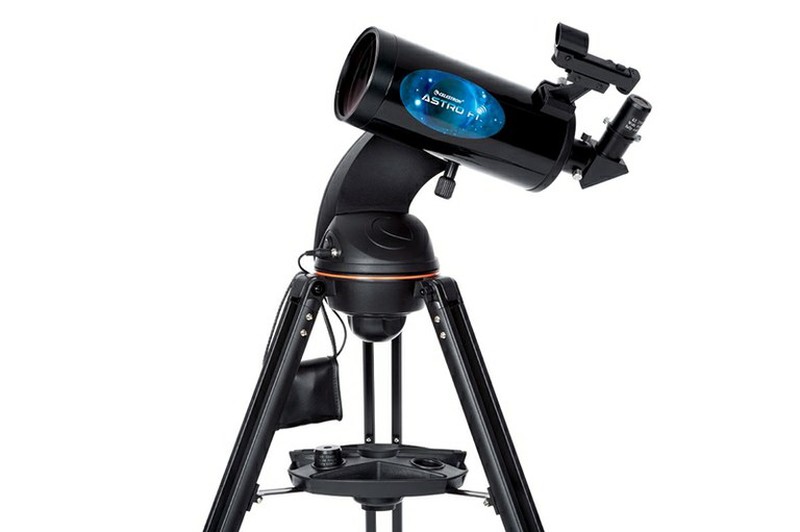FAQS Astronomy
Did you buy a telescope and you're lost? Do not know where to start? Do you need help to make your observation more of yourself?

1-What is a telescope?
It is an optical and magnifying instrument that helps us to observe the night sky and outer space.
2-Can we only observe the sky with a telescope?
No, with the naked eye we can already observe the sky and distinguish some stars, with astronomical binoculars we can achieve more detail and improve orientation.
3-Are all telescopes the same?
No, we can distinguish up to 5 different types of telescopes: Refractors, Newtonians, Dobsonians, Maksutov-Cassegrain and Schmidt-Cassegrain (Catadioptric). Each of them will be useful for a type of observation.
4-How much more increase better?
This is not always the case, there is an optimal relationship between the magnification given by a specific eyepiece and the quality of vision. Aspects such as visual field, luminosity, chromatic aberrations and deformation determine the quality of observation, so it may be that at higher magnification we have a poorer observation (limit)
5- Is it motorized the same as GO-TO?
False, A motorized telescope only includes the traction or mechanical movement provided by an electric motor, which gives it movement once the objective is aligned and fixed. A go-to system is a combination of a computerized or digital and motorized system. Telescopes with this system are able to search for objects, orient themselves and follow these objects using the instructions transmitted by a control command.
1- Can we do astronomical observation in the city?
Yes of course. It is not the best environment, but if we choose the most favorable days we will be able to clearly observe the stars that we have in sight.
2-What days are the best?
Normally they are days with land winds towards the sea, with little humidity, little cloudiness and excellent visibility. In winter there are a large number of days like this, although they tend to be cold and windy.
3- Is the use of filters advisable?
Yes, they will always help us improve observation. Either because they eliminate certain limitations such as brightness or light pollution, or because they help to contrast the image much better.
4-Is a planisphere a good tool?
Of course! It is an excellent orientation tool, either in the traditional circular foil style or through an App.
1- The "handicap" of decolimation:
Certain telescopes tend to declimate their mirrors, especially Newtonians. These kits should be collimated or adjusted using a collimator 1 to 2 times a year, or after travel.
2- My Go-to telescope is not moving!
Check that the equipment is charged or correctly connected to electricity. Make sure that you have not activated any locking or clutch system.
3- It costs me horrors to find a celestial object.
This is common in manual telescopes. The two basic recommendations are to first use the search engine and then always start with the lowest magnification eyepiece and then progress. There are other help tools such as the polar finder or the laser pointer. In go-to telescopes the orientation is easier, they are usually aligned from 3 bright dots.
4- Altazimuth or equatorial mount?
The equatorial mount is much more precise in orientation and adjustment and indispensable for astrophotography. The altazimuth mount is recommended for observation, it may be easier to orient but more imprecise for monitoring.







Opinions of our clients
Receive our news